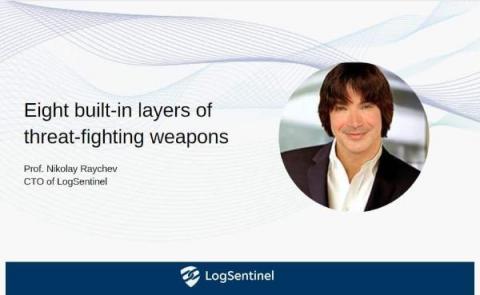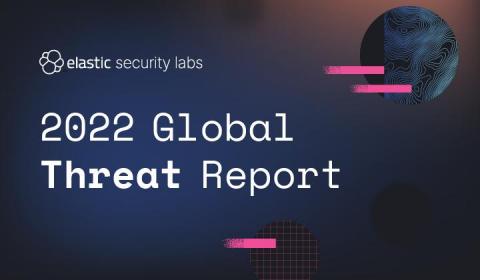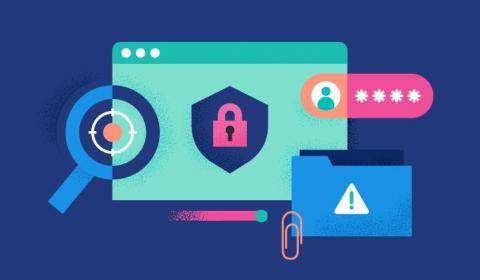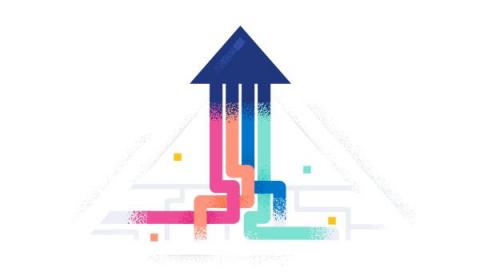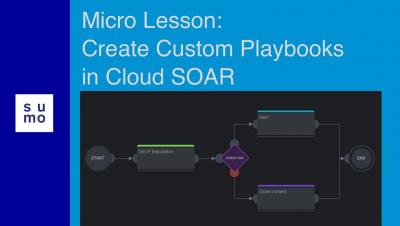CTO Talk: Eight Built-in Layers of Threat-Fighting Weapons
LogSentinel’s operational security platform ( SIEM, XDR & SOAR) continuously optimizes the models of specialized threat systems and has created eight layers of anti-threat weapons. Based on the characteristics of user behavior and traffic analysis, the series of local anti-threat modules form an iron wall to prevent telecommunication and network threats and protect the safety of users’ communications and property.


